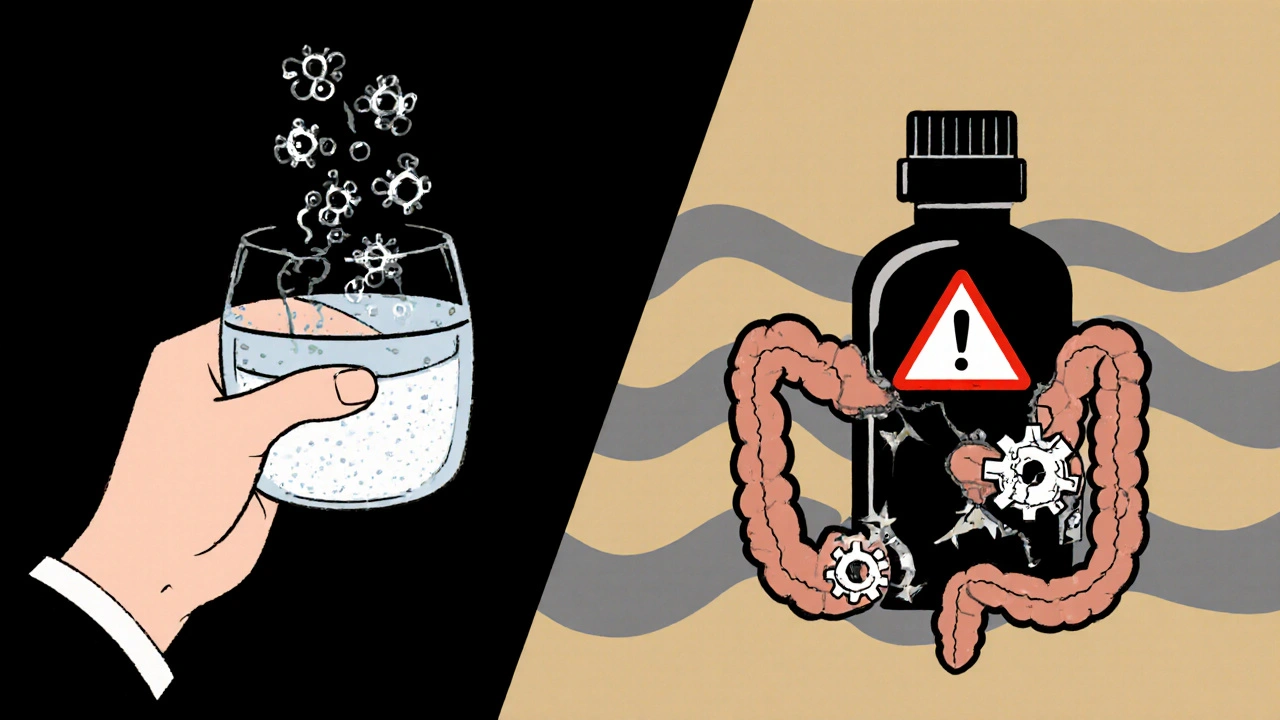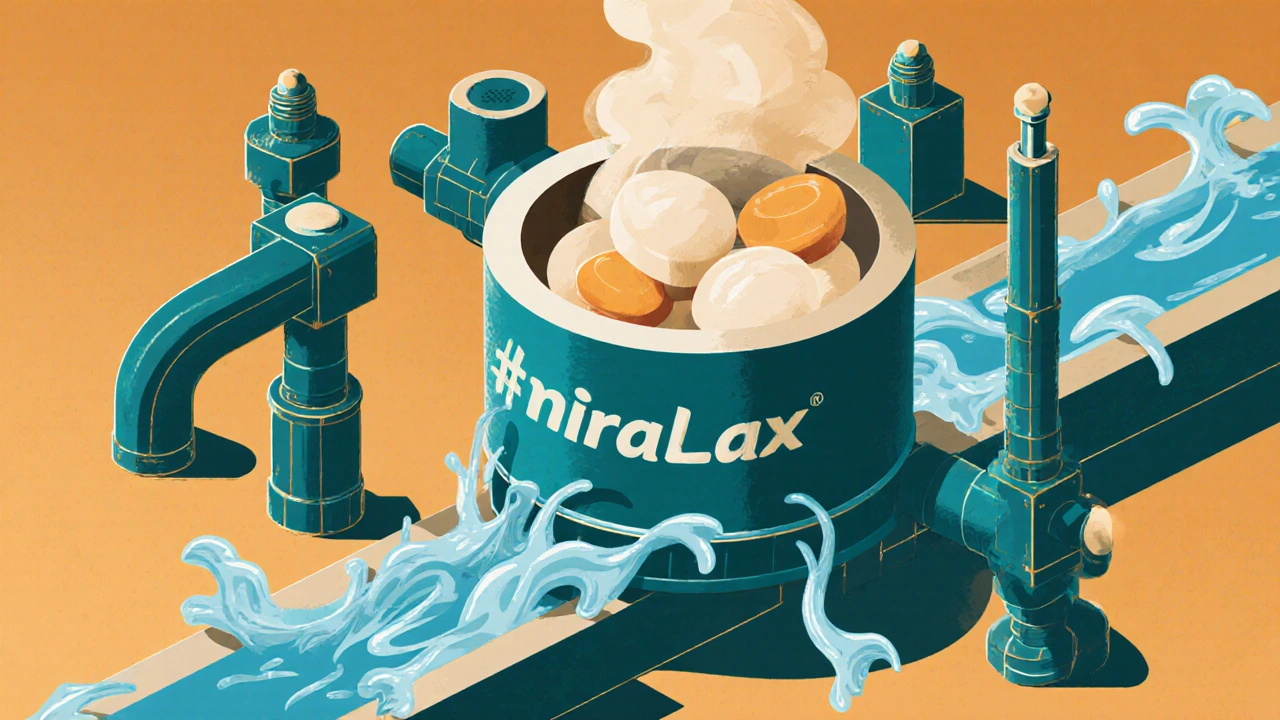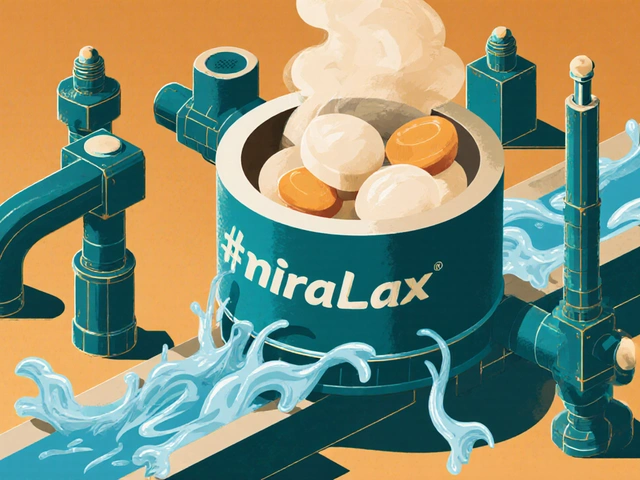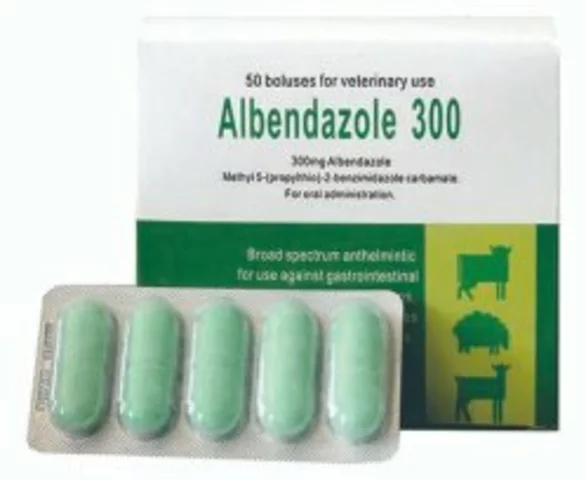Constipation isn’t just uncomfortable-it can feel like your body is stuck. If you’ve ever sat on the toilet for 20 minutes with no result, you know how frustrating it is. The good news? You don’t always need a doctor’s visit to fix it. Over-the-counter remedies like fiber supplements, stool softeners, and laxatives have helped millions of people get things moving again. But not all of them work the same way, and some can do more harm than good if used wrong.
Fiber: The Gentle Starter
Fiber isn’t flashy, but it’s the safest place to start. Think of it like a sponge inside your gut. It soaks up water, swells up, and turns soft stool into something your body can push out easily. Common brands like Metamucil and Citrucel use psyllium or methylcellulose. They cost between $8 and $15 for a 30-day supply and usually take 12 to 72 hours to work.
Here’s the catch: you must drink enough water. If you don’t, fiber can actually make constipation worse-or worse, cause a blockage. Experts recommend at least 8 ounces of water with every dose, and a total of 64 ounces (8 cups) daily. Start slow: 5 grams of fiber per day for a week, then slowly increase to 25-30 grams. Too much too fast? You’ll get bloated, gassy, and feel like your stomach is a balloon.
Studies show fiber works about 55% of the time for people with chronic constipation, compared to 35% for placebo. It’s not the fastest fix, but it’s the most sustainable. If you’re eating more vegetables, whole grains, and beans already, fiber supplements can help fill the gap. For older adults or people on opioids, fiber is often the first step before anything stronger.
Stool Softeners: The Misunderstood Option
Docusate sodium, sold as Colace, is one of the most commonly bought OTC constipation remedies. It’s marketed as a gentle solution, especially for people recovering from surgery or childbirth. The idea? It lets water and fat slip into the stool so it doesn’t harden.
But here’s the truth: clinical trials show it doesn’t work much better than a placebo. One 2021 meta-analysis found docusate was only 15% more effective than no treatment at all. That’s why doctors rarely recommend it as a first-line option. WebMD users give it a 2.8 out of 5 rating, with 62% saying it had “minimal to no effect.”
It’s not useless-it can help if you’re taking pain meds that dry out your stool, or if you’re avoiding straining after surgery. But if you’re just trying to get regular, don’t waste your money on stool softeners alone. They’re best used as a sidekick, not the main player.
OSMOTIC LAXATIVES: THE GOLD STANDARD
If you’ve tried fiber and it didn’t help, this is where you should go next: polyethylene glycol, or PEG. You know it as MiraLax-or its generic version, which costs the same but saves you $10 a bottle.
PEG works by pulling water into your colon. More water means softer, bulkier stool. It’s not a stimulant. It doesn’t force contractions. It just makes your body do what it should already be doing. That’s why it’s the top recommendation from the American Gastroenterological Association (AGA). They give it a “Grade A” rating based on 41 clinical trials involving nearly 7,000 people.
It takes 1 to 3 days to work, which feels slow if you’re desperate-but it’s gentle. Most people report no cramps, no urgency, no jitters. Reddit users who’ve tried MiraLax say 78% saw “significant improvement within 48 hours.” Amazon reviews average 4.5 out of 5 stars from over 28,000 people. One common comment: “Works gently without urgency.”
Cost? Around $12-$22 for 30 doses. That’s less than $0.75 a day. Compare that to prescription drugs like Movantik ($14.75 per dose) or Relistor ($160 per dose). PEG is not just effective-it’s affordable. You can use it daily for up to six months without harm. That’s why it’s the go-to for opioid-induced constipation, slow transit constipation, and even irritable bowel syndrome with constipation (IBS-C).

Stimulant Laxatives: Fast, But Risky
If you need something fast, stimulant laxatives like bisacodyl (Dulcolax) or senna (Ex-Lax) deliver. They trigger muscle contractions in your colon, pushing stool out. Oral bisacodyl kicks in 6-12 hours. Suppositories? As fast as 15 minutes.
That speed comes with a cost. About 25-30% of users report cramping, nausea, or urgent bowel movements. Some people say it feels like their insides are being twisted. On Amazon, Dulcolax has a 4.1 out of 5 rating-but the negative reviews are loud: “Intense cramps,” “Felt like I was going to pass out,” “Can’t sleep after taking it.”
Worse, using stimulants too often can damage your colon. Long-term use can lead to “cathartic colon”-a condition where your colon loses its natural ability to contract. The AGA warns that senna and bisacodyl should never be used for more than a week without medical advice. Yet, studies show over half of people with chronic constipation misuse stimulants because they don’t know better.
Use these only as rescue meds-when you’ve tried everything else and need a quick reset. Not for daily use. Not for long-term relief. Just for emergencies.
Saline Laxatives: Use with Caution
Milk of Magnesia and magnesium citrate are the old-school options. They work fast-sometimes in under an hour-by drawing water into the intestines. That’s why they’re popular for travelers or people who need a quick cleanout.
But here’s the danger: they can throw off your electrolytes. Too much magnesium can cause diarrhea, dehydration, and even heart rhythm problems, especially in older adults or people with kidney issues. Mayo Clinic guidelines say these should be reserved for short-term use only.
One in four negative reviews on Drugs.com mention “severe diarrhea followed by dehydration.” If you’re over 60, have heart disease, or take blood pressure meds, skip these. They’re not worth the risk unless you’re under a doctor’s supervision.
What Works Best? The Real-World Hierarchy
Here’s what experts actually recommend, in order:
- Fiber-start here. Build up slowly. Drink water.
- PEG (MiraLax)-if fiber doesn’t cut it, this is your next step. Safe for daily use. Works for most people.
- Stimulant laxatives-only for occasional use. Don’t rely on them.
- Stool softeners-not effective alone. Maybe help if you’re on painkillers.
- Saline laxatives-avoid unless it’s a one-time emergency.
And here’s something most people don’t realize: you don’t need to combine them. A lot of OTC products mix fiber, stool softeners, and stimulants together. That’s a recipe for side effects. Stick to one type at a time. If one doesn’t work, switch to the next-not stack them.

When to Call a Doctor
OTC remedies are great-but they’re not magic. See a doctor if:
- You haven’t had a bowel movement in 7 days, even after using laxatives correctly
- You’re losing weight without trying
- You have blood in your stool
- Your constipation started suddenly and you’re over 50
- You’re on opioids and nothing’s working
These could be signs of something deeper-like colon cancer, hypothyroidism, or nerve damage. Don’t ignore them.
Smart Tips for Real Results
- Take PEG after dinner. Most people have a bowel movement the next morning.
- Start with half a dose of MiraLax if you’re new to it. See how your body reacts.
- Never exceed 17 grams of PEG per day unless directed by a doctor.
- Keep a bowel journal for a week. Note what you ate, what you took, and when you went. It helps your doctor spot patterns.
- Ask your pharmacist. Most pharmacies offer free consultations on OTC meds. They can help you pick the right one.
And if you’re tired of spending money on products that don’t work? Try this: walk 20 minutes a day. Movement helps your gut. Drink more water. Eat prunes. Sometimes, the simplest fixes are the ones you overlook.
What’s Coming Next
The OTC constipation market is growing fast-projected to hit $1.8 billion by 2028. New versions of PEG with added electrolytes are already hitting shelves. And by 2025, we’ll likely see the first OTC products targeting the gut microbiome-probiotics designed specifically for constipation.
But for now, the best tool is still the one with the most evidence: PEG. It’s safe, effective, affordable, and backed by decades of research. The rest? Use them wisely-or better yet, avoid them unless you really need them.
What’s the best OTC constipation remedy for long-term use?
Polyethylene glycol (PEG), like MiraLax or its generic version, is the best choice for long-term use. It’s safe for daily use up to six months, doesn’t cause dependency, and has minimal side effects. Clinical trials show it works better than fiber, stimulants, and stool softeners for chronic constipation.
Can I take fiber and MiraLax together?
Yes, but space them out. Take fiber with plenty of water in the morning, and MiraLax later in the day. Don’t mix them in the same drink-fiber can clump and make it harder to swallow. Using both can help if you’re not getting enough fiber from food, but don’t overdo it.
Why does my stool softener not work?
Stool softeners like docusate sodium (Colace) don’t add bulk or stimulate movement-they just make stool easier to pass by letting water in. If your stool is already hard and impacted, they won’t help much. They’re best for preventing hard stools, not treating existing constipation. For actual relief, you need something that draws in water or triggers contractions.
Is Dulcolax safe to use every day?
No. Dulcolax (bisacodyl) is a stimulant laxative. Using it daily can weaken your colon’s natural ability to contract over time, leading to dependency and a condition called cathartic colon. Use it only for occasional relief-no more than one week in a row without talking to a doctor.
How long does it take for MiraLax to work?
MiraLax usually takes 1 to 3 days to produce a bowel movement. It doesn’t work overnight like stimulants. Be patient. Don’t double the dose if you don’t see results after 24 hours. Stick to the recommended 17 grams per day, and give it time. Most people see improvement by day 2 or 3.
Can constipation be caused by not drinking enough water?
Absolutely. Dehydration is one of the top causes of hard, dry stools. If you’re not drinking enough water, even fiber and laxatives won’t work well. Aim for at least 8 cups (64 ounces) daily, more if you’re active or in a hot climate. Water helps fiber swell and keeps stool soft.
Are generic laxatives as good as brand names?
Yes. Generic PEG (polyethylene glycol) is chemically identical to MiraLax. The same goes for generic docusate or senna. The only difference is price-generics often cost half as much. Look for the active ingredient on the label, not the brand name. You’re paying for marketing, not better results.
What should I do if nothing works?
If you’ve tried fiber, PEG, and stimulants without success, it’s time to see a doctor. Chronic constipation can be linked to thyroid issues, diabetes, nerve damage, or bowel disorders. A doctor can run tests and may recommend prescription options like linaclotide or prucalopride. Don’t keep using stronger OTC products hoping for a fix-you could be masking a bigger problem.








Andrea Johnston November 19, 2025
Okay, but let’s be real-MiraLax is basically just fancy water with a fancy price tag. I’ve been using the generic PEG for years, and it’s the only thing that doesn’t turn my gut into a war zone. I used to take Dulcolax like candy after Thanksgiving dinner. Spoiler: my colon now has trust issues.
Also, if you’re not drinking water with fiber, you’re basically just eating cardboard and hoping for magic. I learned that the hard way-spent three days feeling like a balloon animal at a kid’s birthday party.
Scott Macfadyen November 20, 2025
Stool softeners are the placebo of the constipation world. I bought Colace after my surgery thinking it’d be my savior. Turned out it was just a fancy way to pay for nothing. PEG was the only thing that actually moved the needle. And yeah, it takes a couple days-but at least you don’t feel like your intestines are being dragged through gravel.
Chloe Sevigny November 21, 2025
One must interrogate the epistemological foundations of OTC constipation management. The hegemony of PEG as the ‘gold standard’ is predicated on a narrow interpretation of clinical efficacy, ignoring the phenomenological experience of the individual gut. Fiber, while statistically efficacious, imposes a colonial regime of bulk upon the colon-a biological imposition that disregards native motility patterns.
Moreover, the commodification of ‘gut health’ through pharmaceutical marketing has transformed a physiological process into a consumerist ritual. We are not merely treating constipation-we are performing wellness.
And yet, pragmatically, I still take MiraLax. The contradiction is delicious.
Denise Cauchon November 23, 2025
OMG I CANNOT BELIEVE PEOPLE STILL USE DULCOLAX LIKE IT'S A PARTY TRICK 😭 I had a friend who took it every day for 3 YEARS. She ended up in the ER with electrolyte chaos and a colon that looked like a deflated balloon. Like... why are we still letting these things be sold without a warning label in neon lights? CANADA ISN’T THAT FAR FROM THE US BUT WE’RE NOT ALL INSANE.
PEG? YES. FIBER? YES. WATER? YES. STIMULANTS? NOPE. NOPE. NOPE.
Also, prunes. Just eat prunes. They’re cheap, natural, and taste like sadness in a bag. But they WORK.
Victoria Malloy November 25, 2025
I was so frustrated with constipation after my thyroid diagnosis. Tried everything. Fiber made me bloated, stimulants made me panic. Then I tried half a scoop of generic PEG before bed. Next morning-boom. Gentle, no drama. I’ve been on it for 8 months now. No side effects. Just… regular. It’s kind of beautiful, honestly.
Also, walking 20 minutes after dinner changed everything. I didn’t think it mattered, but my gut really does appreciate the movement. Just saying.
Alex Czartoryski November 25, 2025
People act like MiraLax is some miracle drug but it’s literally just polyethylene glycol. You can buy it in bulk for $8 and mix it with Gatorade. I’ve been doing that for years. No one tells you that part. The brand is just selling you the illusion of science.
Also, if you’re over 50 and suddenly constipated? Go see a doctor. Don’t just chug laxatives like they’re energy drinks. I saw a guy on TikTok take 3 Dulcolax tablets and then post a video of himself crying in the bathroom. That’s not a lifestyle, that’s a cry for help.
Gizela Cardoso November 27, 2025
Just wanted to say thank you for this. I’ve been dealing with opioid-induced constipation for years and nobody ever tells you how much it sucks. PEG was the first thing that didn’t make me feel like I was being punished by my own body.
Also, the tip about taking it after dinner? Genius. I started doing that and now I’m regular every morning. No more 3 a.m. bathroom panic. Small wins, right?
kim pu November 29, 2025
PEG? More like PEG-NOPE. I tried it. Took 4 days. Felt like my intestines were on vacation. I went back to senna. Yeah, it’s rough-but at least I know what’s coming. I don’t have time for ‘gentle’ when I’m backed up for a week.
Also, fiber? I eat kale like it’s my job. Still stuck. So don’t tell me to ‘eat more veggies.’ I’m not a salad.
Also, prunes? Nah. I’d rather eat dirt.
malik recoba November 29, 2025
thanks for this. i had no idea stool softeners dont really work. i bought colace like 5 times and felt like a fool. switched to miralax and it was a game changer. i still forget to drink enough water tho. my bad.
also-prunes. i started eating 3 a day. weirdly, it works. no joke. my grandma was right about everything.
Sarbjit Singh November 29, 2025
Bro, I’m from India and we’ve been using triphala for centuries-natural, gentle, works like magic. Why are we all running to MiraLax? It’s just a chemical fix. Triphala cleanses, detoxes, and balances your gut. Plus, it’s cheaper than a coffee.
And yes, drink water. Walk. Eat dates. These are not ‘hacks’-they’re wisdom. Modern medicine forgot what grandma knew.
Try it. Your colon will thank you 😊